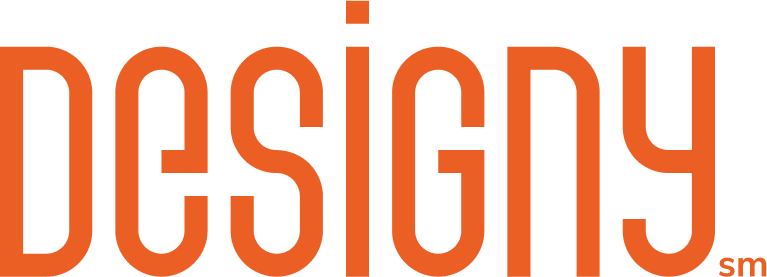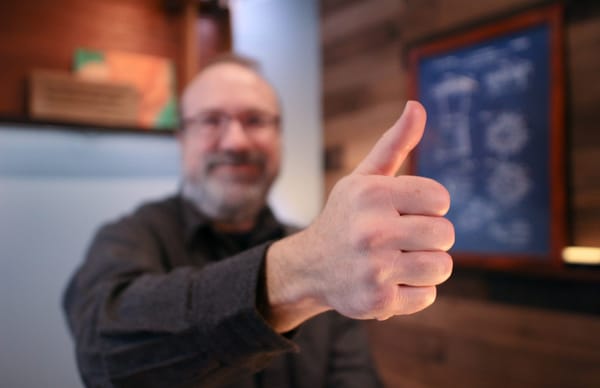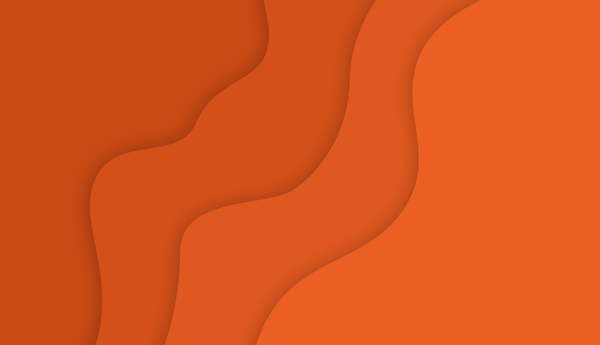How big is too big? Get valuable design software requirements from large group meetings
Getting useful design requirements from large meetings is about as likely as winning a multi-stage cycling race on an exercise bike.

I received this question about research in design, and it goes something like this:
I’m curious when it’s applicable to hold group sessions for gathering requirements. I know they can foster valuable conversations, but I'm afraid groupthink may influence individual opinions.
That's a great question because we encounter this all the time in our enterprise and large-scale design environments.
There are a lot of stakeholders and a lot of ideas. It might be because the product has a lot of interested people, there’s a deep availability of subject matter experts, or quite possibly people don't know who actually needs to be in the meeting.
While you may have the option to plan meetings the way you see fit in most cases, in large orgs big meetings just happen. “Oh, can I forward your meeting to so-and-so?” Or better yet, you open the invite you sent out and find ten new names in the list.
You know what happens next, right?
If you’re really savvy in this situation, you prep with an agenda, a slide deck, and a list of questions you need to get answers to.
The meeting begins, you start the first slide, and someone asks a question which throws two other people down a rabbit trail of a discussion.
Forty-five minutes later, you still have half your presentation to get through, not nearly enough answers, and you’re still wondering who three of the people are who haven’t said anything since the meeting began.
Doomed to repeat history
First back up a second.
The most effective day-to-day meetings for me are small groups of three or four. These are most effective for deep, productive conversations and decision making. Honing those meetings is a topic for another article.
However, a large group of people is really good if you've got disparate roles coming together, or if you're having initial conversations on broad topics. You can garner a lot of diverse ideas from these type of meetings. This is a very good opportunity.
One of the dynamics you’ll notice in a large group is there is a tendency for a single idea to dominate the conversation. Sometimes it revolves around an individual or two.
Yet the biggest loss is everyone in that meeting has lost an hour of their day having neither contributed their thoughts nor received anything actionable. If that was going to be the case, it would have been better to just hold the meeting with the one or two people who spoke up.
You can keep people from falling asleep and stay engaged
There are all different ways to facilitate a large group conversation, but my purpose is to give each person a chance to get out what they're thinking.
People may be shy, or they're simply unsure if their idea is valid enough to say it out loud. I know in the past I've been afraid of my ideas being shot down as invalid.
As Designers, we can encourage everyone in the meeting to get ideas out of their heads and into the open.
Writing down ideas in any meeting is a big benefit because it makes the thoughts in your head, or more often the words in the air, something tangible. It allows others to consider the idea throughout the meeting. This is a conversation, not a TV show. The non-linear nature of thinking easily forgets details that were spoken 30-minutes before.
Live note taking
First up, you can take notes visually and openly. Screen sharing a digital whiteboard or writing on a physical whiteboard in the office will not only help you remember what's said, but gives all those benefits described above for others. Yes, it may be nerve-wracking to do it, but this is your chance to demonstrate design leadership.
I guarantee no one else in the room is going to suggest live-writing what's being said, but if you do everyone will benefit.
Group idea generation
Take this to the next level by putting the writing task in everyone's hands with sticky notes (digital or physical). Put this into the format of:
- Give people a prompt to consider
- Give two to three minutes to respond with as many ideas as possible, one idea per note
- Cluster the notes and discuss the results
Not only can you get a large (huge!) quantity of ideas, but everyone gets at least one idea out on the table without having to speak or be confronted.
Consider the alternative: if you went one by one and gave each person a chance to speak all their ideas, you'd be there for hours. Not only that, the first set of ideas would be lost by the time you got to the end.
Instead, sticky notes not only gets the idea written for everyone to see, but it forces each person to be succinct (it has to fit on the note! In person, I like to supply chunky markers to everyone so they can't write but so small).
What's always been beneficial is seeing both the similar ideas as well as the new and unexpected ones. Clustering the results shows where people are aligned, or where the old thinking is occurring. It also highlights off-the-wall or otherwise would have been shot down ideas. This is great because everyone in the room is looking at the idea and not at the person. In fact, more often than not the person who wrote the idea is more likely to volunteer they wrote it and give further explanation than if they had to interject it into a stream of talking during a typical meeting.
Does it work for mega-meetings?
So those end up being a really good way to facilitate large groups, but what about even larger groups? I'm thinking more along the lines of workshops or conferences—like 20 or more people.
The same approach applies as above except you need a bit more structure before and after.
- Break the room up into small groups of four to five (keep them small)
- Either
- Give everyone a prompt to consider, or
- Give each group a different prompt
- Give about five to fifteen minutes to respond. This should be tailored by the complexity of the prompt since each group member may need time to generate stickies, cluster, and assess
- Have each group report out their finding, conclusion, or set of thoughts
Approaching it this way creates a room of mini-task forces.
They're focused on part of the discussion, and then actively contribute new and unique perspectives to the whole group.
Results that stick
Getting ideas out is the first part, but clustering and taking action is what makes these meetings effective.
At the end, you can do a few things:
- Decide to hold a continuation of the meeting
- Assign individuals homework for the next meeting
- Identify who can unblock communication and report back to the group
- You take it away and set up a review of your results
People have enough going on, they don't need another meeting.
If you identify clear outcomes and next steps from this meeting, then people will want to come to the meetings you lead.
Closing it out
So if you don't have an hour or if you only have an hour, then you want to make the most of everyone's time.
Getting people involved is good for your information gathering, but it's even better for them. This is your opportunity to make someone else's job effective. Treat their time as it's your own and build something together.
You as the Designer and facilitator get a good chance to encourage each person that wants to contribute and ensure many ideas are considered.
They may not realize it, but, everyone is inherently valuable because of their experiences and learning. Bringing those to the surface fleshes out what might have been just another mundane business initiative can really propel the design work you do.




